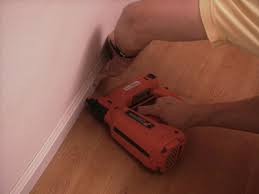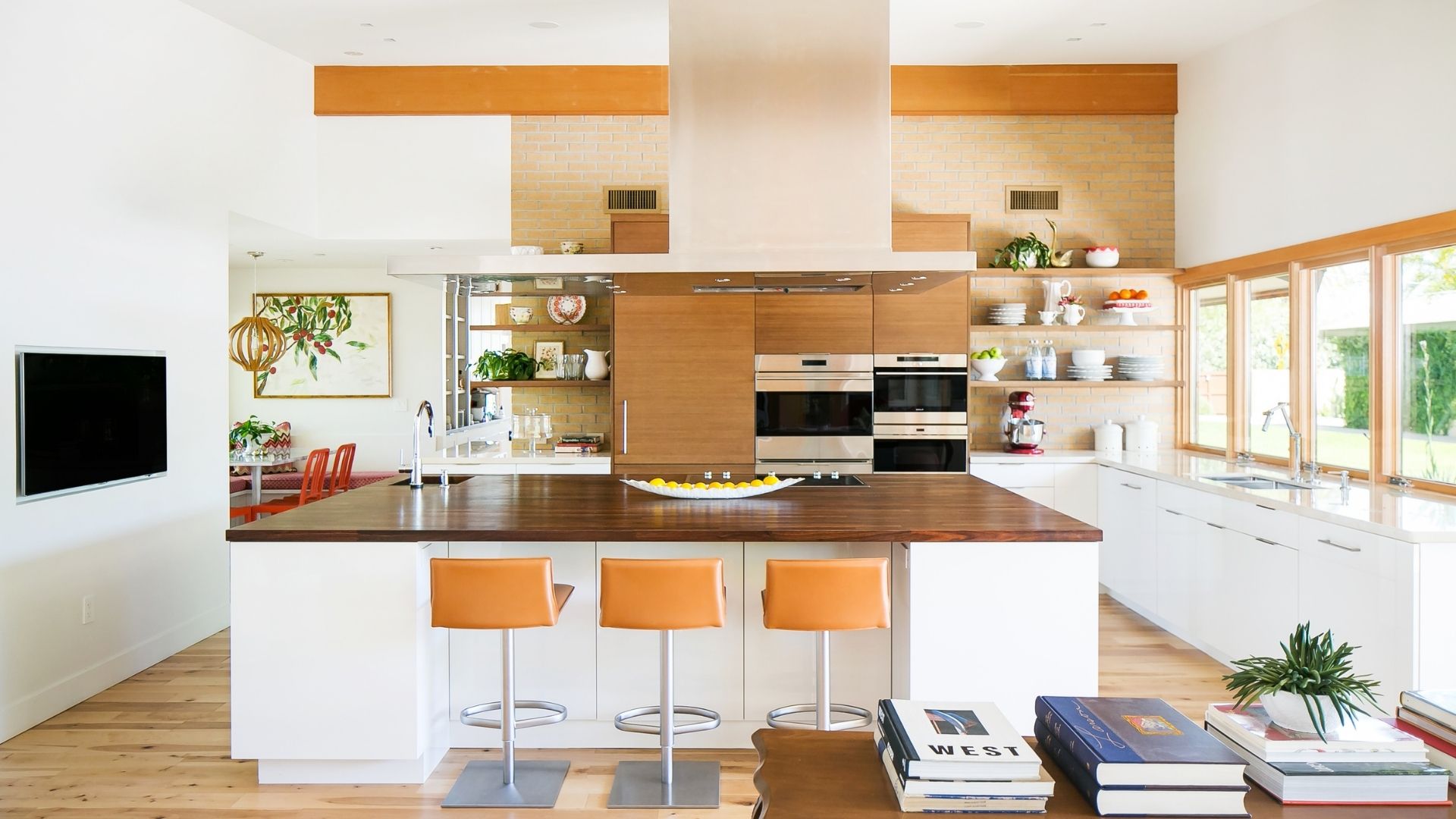July 5th
Paint
Touch Up Paint
Proper touch-up of latex coatings is directly associated to several key factors. Some of the more prominent factors are listed below:
- Sufficient sealing of substrate – Primer/Sealers offer better subsequent topcoat and touch-up properties through proper sealing of varying porosities of sheetrock paper, joint compound and wood trim.
- Topcoat uniformity – After sealing with the proper primer, the topcoat needs to be uniform, without holidays, at proper mil thickness. If varying sheen areas are present or the sheetrock can be seen through the topcoat then insufficient sealing has occurred and touch-up will essentially become a second coat, often resulting in the “true” color.
- Sheen or gloss of topcoat – Flats will touch-up better than higher sheen or gloss paints.
- Temperatures of painting environment, paint, and curing environment – Most latex coatings require temperatures above 50°F to properly form a film. Lower temperatures will result in “lighter” touch-up and “cut-in” areas.
- Size of touch-up – Area of touch-up should not approach large enough area to constitute complete recoat. Often, recoat should be considered opposed to huge areas or multiple splotches on a wall. Touch-ups should be small areas of blemished paint – not complete wall areas.
- Proper procedure – Ideally, touch-up will look best when same batch of paint is used as topcoat. A “trim roller” when lightly dry-rolled over the blemished area has proven best in our testing. Brushed touch-ups do not normally yield as positive results. A heavy coat of touch-up will usually prove inadequate resulting in a build-up of the coating.
- Coating touch-up capability – Different coatings yield different touch-up capabilities. Usually, the lesser expensive coatings do not touch-up as well as the higher end products, due to the overall balance of components.Â
 Â
  Â
 
